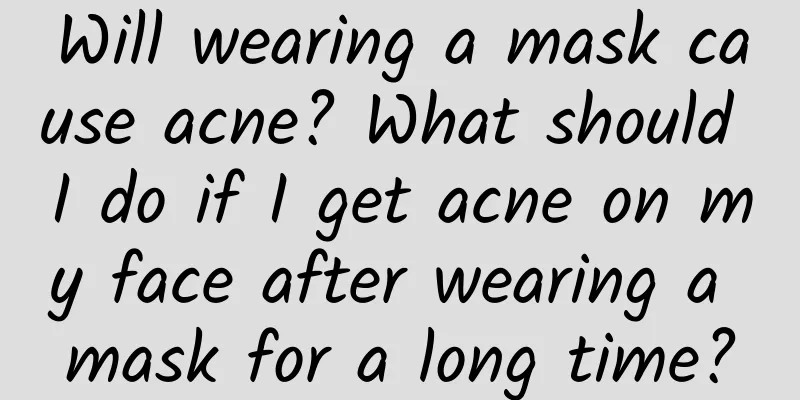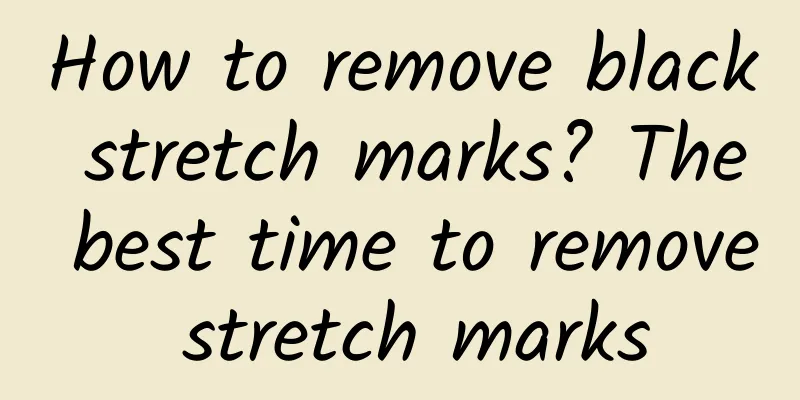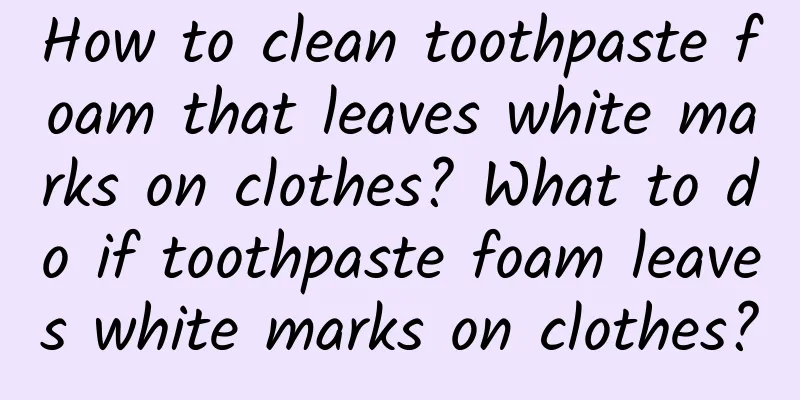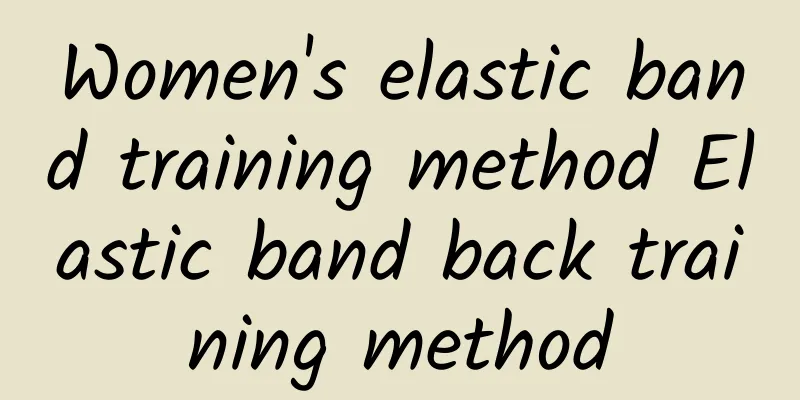The difference between patch nails and extended nails. The concept and classification of patch nails.
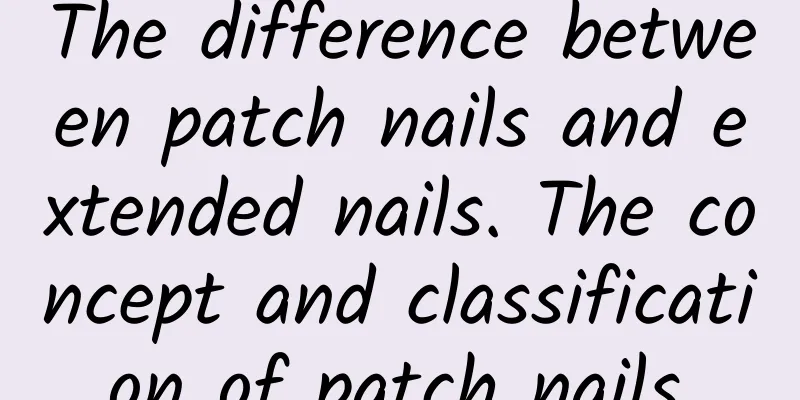
|
Nail art patches and nail extensions are both types of manicure, and they have some similarities. So what is the difference between them? The difference between nail extensions and nail extensionsThe difference between nail extensions and nail patches is that nail extensions are longer lasting; the price of nail extensions is slightly higher; nail extensions are less harmful to the nails. Nail extensions are longer lasting. The time for nail patches is relatively short and the process is simple. The concept and classification of patch nailsThere are different types of patch nails: 1. Full patch nails 2. Half patch nails 3. Shallow patch nails 4. Metal patch 5. Salon patch 1. Shallow patches are also called C-shaped patches or front edge patches. This type of patch must be used in combination with crystal nail powder or phototherapy gel. It is an essential material for making patch crystal nails (toenails) and patch phototherapy nails (toenails). It cannot be pasted on real nails independently. Shallow patches come in a variety of colors. Common ones include white, transparent, natural colors, and even patterned colored patches. When the shallow patch is white, it is also called a French patch. 2. Half-stick nail tips are also called U-shaped nail tips. Half-stick nail tips are mainly used to make silk nails, and can also be used in combination with crystal nail powder or phototherapy gel. The most commonly used method on the market is to make half-stick nails, that is, half-stick nail tips are independently pasted on the nails, and after standard procedures such as removing joint marks, grinding, and polishing, convenient and quick half-stick nails are made. In a strict sense, half-stick nails do not belong to professional artificial nails. Common colors of half-stick nail tips on the market include transparent, natural colors, etc. 3. Full-patch nails Full-patch nails are not salon-specific nails, and can only be used to make full-patch nails and toenails. Full-patch nails and toenails are simple, quick, and less difficult to make. They are usually the first choice for customers to do their own manicure at home. They are also widely used in the low-end manicure market. They should be the lowest-priced of all artificial nails. At the same time, there are some common problems: insufficient firmness, low simulation, reduced comfort of real nails, and they cannot be repaired. There are many colors of full-patch nails on the market, including transparent, natural, colorful, and patterned full-patch nails. The patch is also called a flexible nail body, which is ultra-thin and curved, and is made of ABS series new materials. Good toughness and curvature make the operation very convenient, and it can also be used as a base for making crystal nails and silk nails, making them stronger. Due to the translucent color of the patch, the smile line problem in the production of a series of nails is solved at the same time, which is the easiest skill for nail art beginners to master. How to make patch nailsHalf-stick nails and shallow-stick nails are generally used to make crystal light therapy nails, which are more complicated to operate. To stick full-stick nails on nails, you only need to choose the appropriate nail pieces, cover the film, and then stick the nail pieces on the corresponding nails. If you want the effect to last longer, you can also apply a layer of polish. Nail Extension TutorialMain tools Paper tray: extend, fix and shape nails Light therapy glue: strengthening, lengthening, and correcting nail shape Phototherapy pen: used to take phototherapy gel and apply it on the nail surface. Grinding machine: Need to be plugged in, used to remove phototherapy nail polish Prepare tools: sand strips, dust brush, cotton pads, paper tray, phototherapy pen, sponge file, nail lamp, base glue, 75° alcohol, phototherapy glue, 95° alcohol, sealing layer, nutrient oil Carving and grinding nail surface STEP 1: Use the rough side of the sandpaper to vertically grind the nail surface until it becomes rough. STEP2a: Use a dusting brush to remove nail powder scraps. STEP3: Use 75° alcohol to clean the nail surface. Fixed paper support STEP5: Use two fingers to bend the two ends of the paper support and clip it to the lower end of the front edge of the nail. Pay attention to aligning the center line and put it straight. Press the fingertips and align the two sides to stick the back of the paper support. Align the center line of the paper support with the center of the hand. When viewed from the side, the paper holder should be on the same level as the nail surface. The paper holder should fit snugly against the nail without any gap. Apply a thin layer of base coat to the nail surface, shine the light, and apply the first coat of phototherapy gel. STEP5a: Use the phototherapy pen to take an appropriate amount of phototherapy gel. STEP5b: Starting from the junction of the nail and the paper holder, move the phototherapy glue in a circular motion in the extension direction to create the front edge. STEP5c: After shaping the nails, shine the light and apply the second coat of phototherapy gel. STEP6a: Place the phototherapy gel on the back edge of the nail and brush it towards the front edge. STEP6b: Make the appropriate curvature of the nail surface, shine the light, and apply the third coat of phototherapy glue. STEP7a: Place the phototherapy gel in the middle of the nail. STEP7b: Brush towards the front edge to create a suitable arc and shine the light. STEP 8: Apply a vertical line of phototherapy glue on the middle of the nail surface to create an arched curve on the nail surface, and then shape it under the light. STEP 9: Use the thumbs of both hands to slightly squeeze the sides of the smiling face to help the nail surface form a natural arch, and remove the paper support. STEP10: Tear off the back edge of the paper holder, then pinch the front end and remove it as a whole. STEP11: If you applied a scrub seal, you need to use 95-degree alcohol to clean the floating glue on the inside and outside of the nails. Nail polishing STEP12a: Use a sanding strip to roughen the nail. Note that the front end of the nail should be sanded horizontally into a straight line. STEP12b: Both sides should be polished to be in the same straight line as the manicure. STEP13a: Polish the nail surface in the order of side-front-side to make it as smooth and thin as a natural nail. STEP13b: When polishing the back end of the nail, tilt the sanding strip horizontally and polish the nail surface until it is parallel to the nail. After polishing the entire nail surface, it should present a natural and full arc. STEP 14a: Use the rough surface of a sponge file to remove powder from the edge of the nail. STEP14b: Lightly polish the nail surface to make it smooth. STEP15a: Use a dust brush to clean the powder on the nail surface. STEP15b: Use 75° alcohol to clean the inside and outside of the nails. STEP 16: Apply a thin sealing layer on the nail surface and shine the light. STEP17a: If you are applying a scrub sealer, you need to clean the floating glue with 95° alcohol. STEP17b: Then apply nourishing oil and massage. Finish! |
>>: Can natural cream cover acne? Can natural cream be used every day?
Recommend
What material are shark leather pants made of? Who are shark leather pants suitable for?
Shark leather pants are a very fashionable item. ...
Can Songshan Oil Body Lotion be used by pregnant women? What is the shelf life of Songshan Oil Body Lotion?
Body lotion is a skin care product that everyone ...
What to do if your nose is too big? How to make your nose smaller?
Everyone must have many troubles in life, but do ...
Will dieting cause anorexia? Does dieting cause great harm to the stomach?
Most of us know that there are many ways to lose ...
How is Jayjun's exfoliating gel? How to use Jayjun's exfoliating gel
Jayjun is a very famous skin care brand in South ...
What are knight boots? The difference between knight boots and long boots
Knight boots are the most popular shoes this year...
Does Bulgari Rose Perfume smell good? How about Bulgari Rose Gold Perfume?
When choosing perfume, you must choose the scent ...
What is laser eyebrow removal? What are the benefits of laser eyebrow removal?
Have you heard of laser eyebrow removal? Today, l...
Is photorejuvenation useful for melasma? What should I do if my skin is pigmented?
Women who love beauty will not allow any inharmon...
How to prevent acne and how to remove acne
Comedones are actually a type of acne. They are c...
How to deal with dried mascara? How to apply mascara beautifully
Some sisters do not tighten the mascara in time a...
Will the New Skin Mystery Sleeping Mask cause allergies? How long should the New Skin Mystery Sleeping Mask be applied?
The skin care effect of New Skin Mystery Sleeping...
Will a fat-reducing diet cause insufficient Qi and blood? Will a fat-reducing diet cause amenorrhea?
Fat-reducing meals are mainly low-calorie foods, ...
What brand of waist belt is good? The ranking of waist belt brands
For some women, corsets have become an indispensa...
How about Hermès Ribbon perfume? Price of Hermès Ribbon perfume
Hermès bags are very popular among everyone. Herm...

